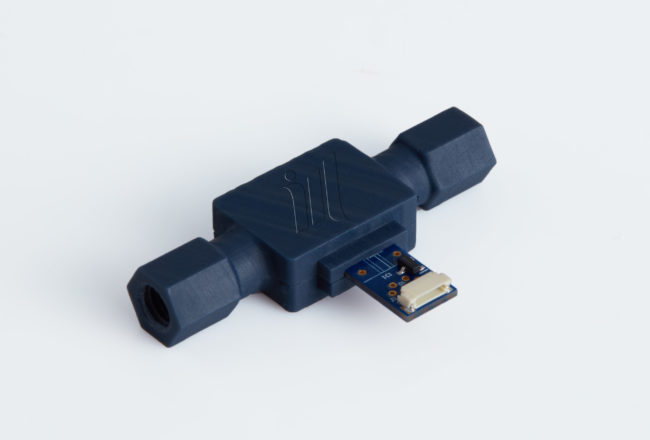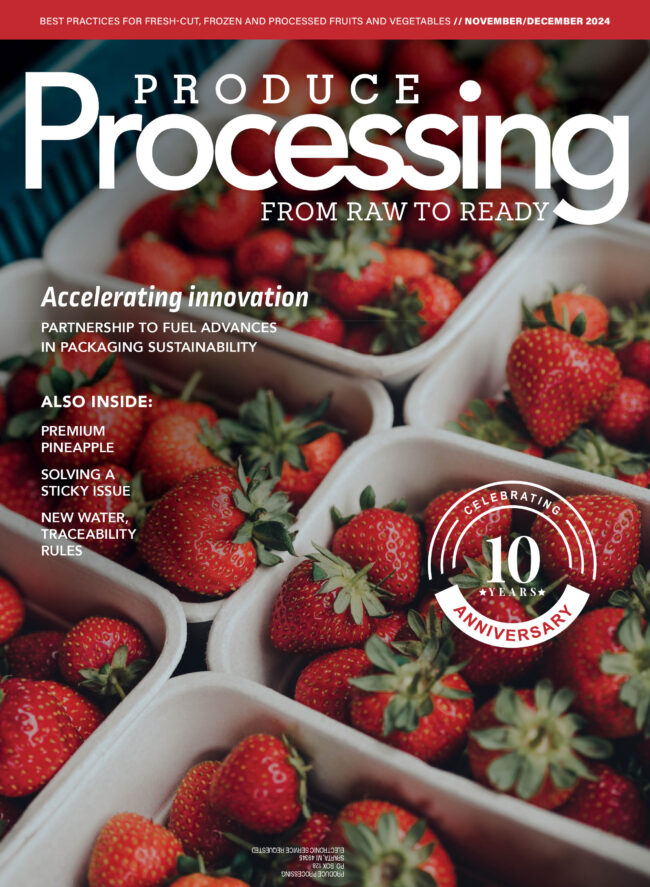Bubble detection sensor ideal for food safety analysis
A new Bubble detection sensor was just launched by Instrumems, a smart multi-sensor solutions provider.
Easy to integrate into existing liquid control systems, the bubble detection technology is a new measurement system for improved precision in liquid handling, leading to reduced errors.

Engineering teams and system architects will benefit from the efficiency of the sensor’s fast response to quantify micro-size bubbles occupying <50% of a channel. The biocompatibility of the Bubble detection sensor provides a new solution to various areas (i.e., food testing, life sciences, pharma and more) with a safe and accurate flow measurement.
The Bubble detection sensor increases the product yield or the accuracy of the material delivery, and reduces equipment downtime through early indication of liquid blockage or leaks. The improved equipment design and measurement capabilities result in enhanced liquid delivery control systems. Instrumems’ bubble detector addresses a few ongoing problems that select industry manufacturers face, such as:
- Liquid flow control: Ensures valve closure, so no leaks occur
- Integrated equipment: Delivers visibility into areas inaccessible to the user or not easily serviced
- Additive manufacturing: Identifies blocks and provides data for improved control and delivery of the material
The company’s core technology is based on an MEMS-based nano thermal filament used for accurate flow measurement. Its bubble detection technology applies the principle to liquid flows. It uses the sensor’s fast response to a phase change (liquid-gas-liquid) to detect micro air bubbles.
The new bubble detection technology is ideal for food processing (i.e., food safety analysis), additive manufacturing (i.e., 3D printers), life sciences (i.e., microfluidic control in labs) and medical applications (i.e., dialysis, drug delivery). Comparable alternatives like ultrasonic sensors are five times the cost with restrictions on tube types and accuracy. With the Bubble sensor, there are no constraints with tube material or thickness, while the tiny form factor makes it easy to integrate into small tubes. Key features of the sensor technology include a detection of <50% occupied channel; fast response time at <1ms; and detection at low flow rates of +/- 0.5ml/min.







